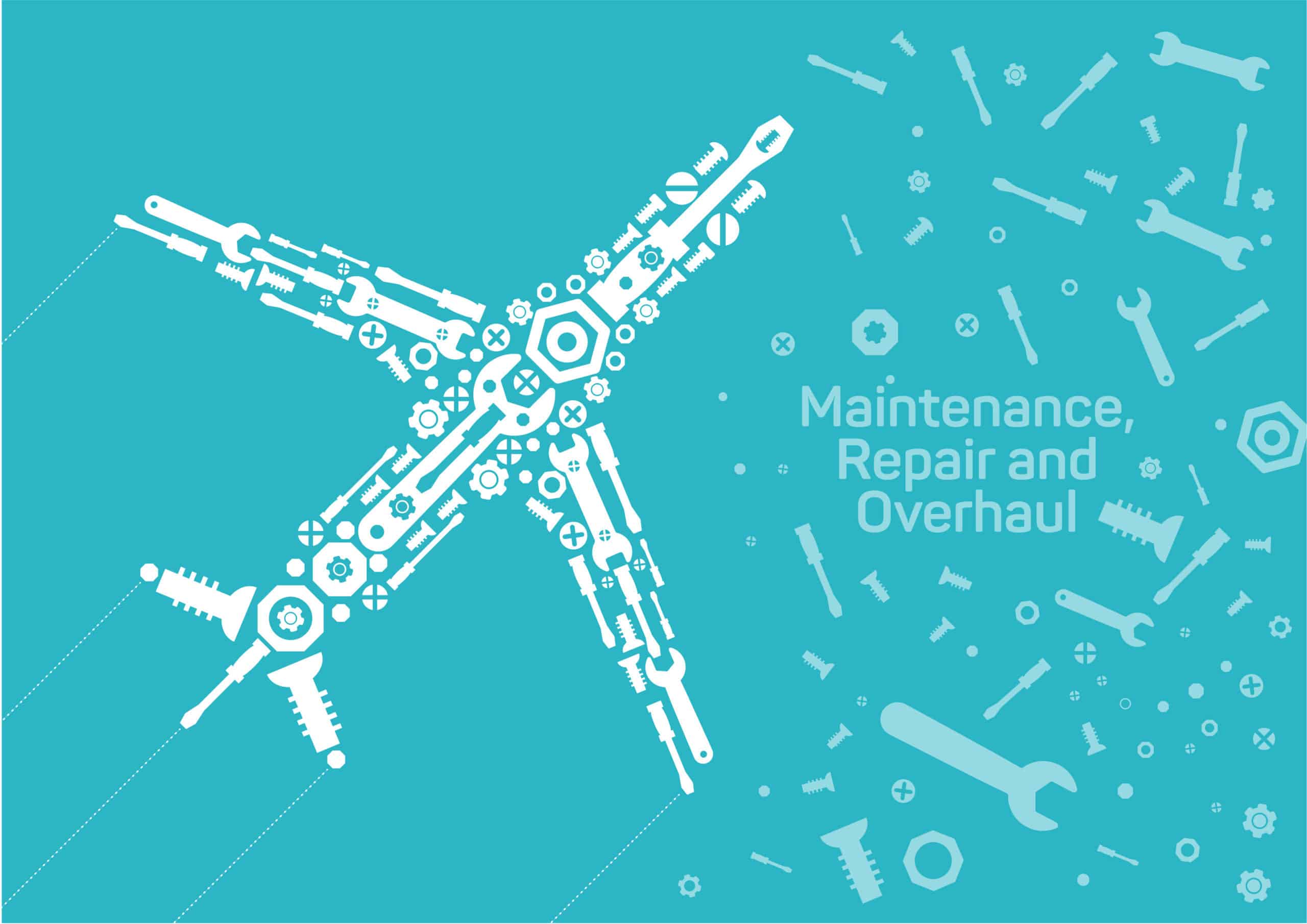
In today’s push for higher productivity and capital optimization, plant reliability has taken the front row as the go-to application. Artificial Intelligence (AI) driven predictive maintenance is one of the leading technologies that is being promoted to drive productivity, quality, and sustainability improvement. Manufacturers are now more focused on asset maintenance as a profit improvement tool than ever before. As these programs are implemented, one area that is often neglected is the Manufacturing Execution System (MES) and related analytics applications. Over time, the performance of these systems can impact critical production assets and throughput. This type of efficiency degradation can result in not only slower performance, but an underutilization of key production and quality systems.
Asset Maintenance Maturity Model
There are several approaches to defining and executing a MES maintenance strategy. The simplest, but least effective, is Reactive maintenance. I like to refer to this strategy as a “run till fail” or “fix it when it breaks” approach. This might work for light bulbs in your house, but today, it is hardly a best practice for manufacturers producing complex, highly engineered products. With unplanned downtime the greatest source of losing productivity, it seems intuitive that every system that could impact this potential adverse event should be closely monitored. Yet an MES tune-up is seldom proactively performed or reviewed until something breaks.
Beyond a Reactive approach, Preventive maintenance is the next level of sophistication. With this approach, assets are put on periodic inspection and service routines. Changing the oil and filter in your car every 6,000 miles is a classic example as is changing the air filter on your ventilation system. The concept is to perform activities that prevent unplanned downtime caused by equipment failure by ensuring basic maintenance activities are regularly performed.
Since most manufacturers have adopted Preventive maintenance as their baseline strategy, they should think about including their MES in a calendar-based maintenance program. More on the specifics in a bit.
Predictive maintenance follows with the next level of sophistication. With Predictive maintenance, data from assets is used to analyze performance and detect impending problems. Vibration and/or temperature monitoring of bearings is a common example. When data analysis (often with machine learning or AI) reveals a change from what is deemed a “normal” behavior pattern, an inspection alert is triggered so a mechanic can investigate the issue during a planned downtime period and perform additional lubrication or replace as necessary. This approach allows for assets to be operated longer if the problem can wait until a regularly scheduled downtime instead of having to prioritize service.
MES Maintenance
Since your MES is a critical production asset, it too should be put on a Preventive asset maintenance schedule. If a piece of equipment is changed on the plant floor, it may necessitate changes to workflow just as adding a new product or variant. As your production workflows change, new ones are often just added to the MES database. Alternatively, operators may change roles, have new responsibilities, and require different approval cycles or authorities within the MES. From a database perspective, suppliers may change part numbers or also have additional or different qualifiers attached to them.
All these activities will start to occupy more space in the MES database, growing its size. This can impact the time it takes to access and display information, often frustrating users with slower screen response times. As user frustration with the system increases, willingness to use it decreases. This trickle-down effect will negatively impact production data integrity and reliability.
When thinking about MES Preventive asset maintenance activities, you should consider either performing an assessment with the following activities at a time interval that is appropriate to the volatility of your manufacturing environment or outsourcing this maintenance strategy to your service provider:
- Purge the system of unused workflows that reference equipment no longer in service.
- Inventory older workflows that have not been used in a long time and decide if you really need them; just how we remove applications from our smartphones that are no longer being used, it is a good practice to apply this strategy to workflows no longer in use.
- Routinely validate user profiles to ensure that staff has proper permissions; as roles change, people should not be given multiple identities; individuals who are no longer with the company should have their profiles deleted (which should be done as soon as they leave anyway).
- Reconcile the parts database with the master maintained in the ERP or other procurement tools used.
- Perform standard IT system maintenance activities such as defragmenting the disk structure associated with an on-premises solution, or doing database compression on Cloud-based solutions. This will not only improve response times it will lower costs as most Cloud services bill by storage used as well as other factors.
As MES themselves evolve, expect Predictive maintenance capabilities within the applications to become commonplace and more sophisticated. Next-generation MES solutions will continually analyze their performance and automatically flag workflows that are impacted by equipment no longer in use. Future MES solutions will self-monitor user activities and recommend when adjustments might be appropriate.
Since your MES is at the heart of shop floor operations, treat it like any other production asset and maintain it to ensure optimum performance.






